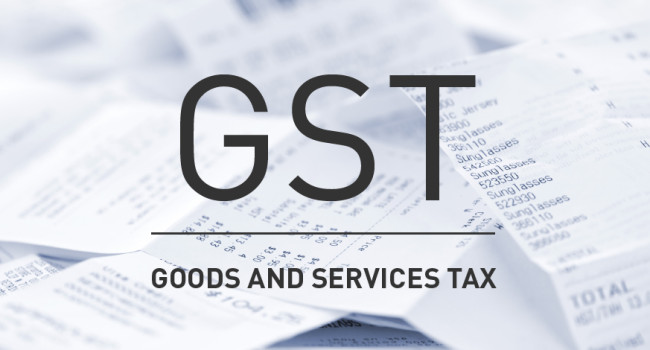Textile products are likely to become more expensive, with the government fixing a higher rate on them under the Goods and Services Tax (GST), than the rates at which they are currently taxed.
A section of industry is saying that differential treatment for cotton and synthetic fibre on GST rate is an opportunity lost for a uniform rate for textile sector.
The government has fixed a 5 per cent GST rate on cotton fibre, yarn and fabric against the current prevailing rate of “nil”. This means, cotton yarn and fabric would now attract 5 per cent duty, which would make all products proportionately costlier. Some states, however, had levied value added tax on cotton yarn and fabric at 2-4 per cent. Overall, 5 per cent GST levy is higher than the existing levies on cotton yarn and fabric. Silk and jute have been kept under “nil” category under the GST. Man-made or synthetic fibre yarn will attract 18 per cent GST.
| GST rates on textiles | |
| Silk and jute | 0% |
| Cotton and natural fibre | 5% |
| Manmade fibre | 18% |
| All categories of yarn | 5% |
| Manmade yarn | 18% |
| Fabric | 5% |
| Apparels priced above Rs 1,000 | 12% |
| Apparels priced below Rs 1,000 | 5% |
While all apparels would attract 12 per cent GST once the tax is rolled out, against the current levy of 6-7 per cent, apparels below worth Rs 1,000 would levy 5 per cent GST.
“We are happy with the government’s decision to keep fabric under 5 per cent and apparel under 12 per cent,” said R K Dalmia, President, Century Textiles.
While announcing these rates, the Finance Minister Arun Jaitley, however, clarified that textiles manufacturer would not given credit outflow. This means, an input credit above the prescribed limit would not be granted to textiles manufactures, said Jaitley.
He said this in the context of 18 per cent GST for man-made yarn, while fabric made from that will attract 5 per cent and hence full input credit will not be utilized.
Synthetic yarn and cotton yarn blended fabric constitutes 70-80 per cent of total fabric and hence mis-declaring synthetic fibre as cotton in blended fabric is not ruled out, say industry captains. With this, ready-made garments would become costlier proportionately. Had input credit been granted, garments manufacturers would get a breather in terms of taxes on raw materials.
“The 5 per cent GST levy on cotton yarn and fabric would make interstate movement of goods smoother and business would become transparent. A small increase in the product rate would become immaterial once business goes with uniform tax rates across the country. Meanwhile, the rate of 12 per cent for textiles is progressive and will lead to the growth and development of the entire value chain,” said Ujwal Lahoti, Chairman of The Cotton Textiles Export Promotion Council (Texprocil).
Other spectrum of the GST says :
The GST rate for textiles will eliminate the cascading effect of duty/taxes which will reduce the costs and improve the competitiveness of the textiles exports.
“Five per cent GST on cotton yarn and fabrics would help producers with compliance and encourage farmers to grow more cotton, Lahoti added. With this low rate, Indian producers would become competitive in the world which will help India’s textiles exports grow in coming years, a senior industry official said.
GST has been envisaged as a more efficient tax system, neutral in its application and attractive in distribution. The advantages of GST are:
- Wider tax base, necessary for lowering the tax rates and eliminating classification disputes
- Elimination of multiplicity of taxes and their cascading effects
- Rationalization of tax structure and simplification of compliance procedures
- Harmonization of center and State tax administrations, which would reduce duplication and compliance costs
- Automation of compliance procedures to reduce errors and increase efficiency




